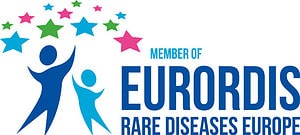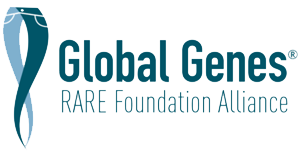General Info for Friedreich’s Ataxia
Overview
Friedreich’s ataxia (FRDA) is the most common of the early-onset inherited ataxias and accounts for approximately half of the cases of hereditary ataxia reported from Europe and the United States (1). FRDA is transmitted as an autosomal recessive trait, with a prevalence of about 2 per 100,000. Disease symptoms typically appear between the ages of 8 and 15 years, but some patients develop symptoms earlier in childhood. In rare instances, disease manifestations occur as late as the third or fourth decade (2, 3). Gait ataxia is the most common presenting symptom. Dysarthria, areflexia, pyramidal weakness of the legs, extensor plantar responses, distal loss of joint position, and vibration sense are not found in all patients at the time of presentation but are eventually universal. FRDA is usually defined as a neurological disorder, but most patients die from cardiomyopathy. The gene responsible for FRDA was identified by positional cloning and encodes a relatively small protein of 210 amino acids (4). The gene itself is small, encompassing only five exons. The most common mutation is an expansion of a GAA trinucleotide repeat within the first intron. Although normal individuals may have up to 27 GAA repeats, affected individuals have greater than 100 repeats, and repeat sizes of greater than 1,000 have been identified. Affected individuals synthesize a normal sized protein, termed Frataxin, but the expanded repeat decreases the amount of protein synthesized (5). During transcription, the expanded repeat induces a triple helical structure, which lowers the rate of transcription (6). The larger the repeat, the greater the effect on transcript and protein levels. Compound heterozygotes have been identified with a triplet expansion in one allele and either a nonsense mutation, missense point mutation, or initiation codon mutation in the other allele (7). To date, no patient has been identified with homozygosity for a null mutation, and it is predicted that a homozygous null would prove lethal in early embryonic life.
Alternative Names
FRDA
Genetics
Inheritance Type(s)
- Autosomal recessive
Resources
- Friedreich’s ataxia is a mitochondrial disorder – National Academy of Sciences of the United States of America
- What is Friedreich ataxia? – ThinkGenetic, Inc
Connecting with others impacted by a rare disease allows for vital information to be shared about day-to-day life, prevents isolation, and gives hope. Please contact MitoAction for peer support opportunities at 888-MITO-411 or email mito411@mitoaction.org.
Other resources we recommend are:
MitoAction does not provide medical advice, diagnosis, treatment, or legal advice. It is essential that all those living with or caring for someone with a Mitochondrial or FAOD disease have an emergency protocol letter. These letters, which are written and signed by a doctor, share details about prescribed treatment during crises and in emergency room settings. Always check with your doctor if you or your child has concerns as everyone may present with symptoms differently. Before beginning any treatment or therapy, please consult with your physician.
Last Updated: 11/15/2022









